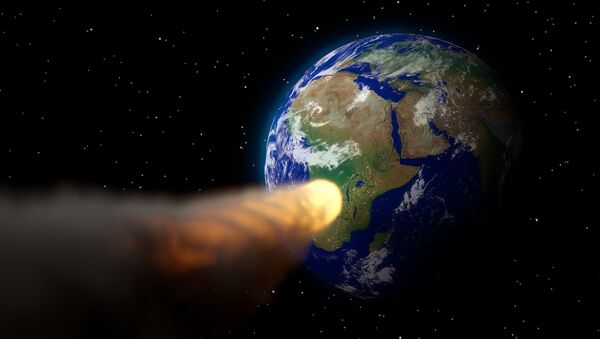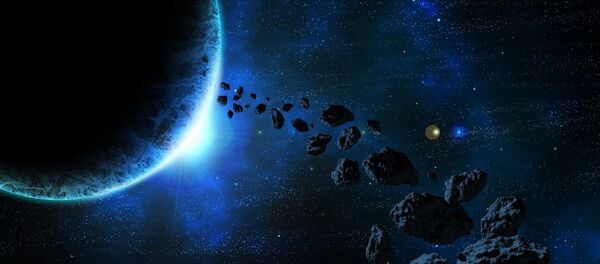The university's Asteroid Terrestrial-Impact Last Alert System (ATLAS) telescope took photos of the asteroid, which was named 2018 LA.
Even though the asteroid was discovered by the Catalina Sky Survey telescope in Arizona a few hours later that same day, ATLAS played a major role in pinpointing the asteroid's final destination over Botswana, where its atmospheric entry was captured by security camera footage.
"Prior to the ATLAS measurement, impact predictions showed 2018 LA hitting the Earth anywhere from Madagascar to the South Pacific — a range spanning almost half Earth's southern hemisphere," a July 13 University of Hawaii blog post stated.
"By measuring the asteroid more than two hours after it was last seen from Arizona, and less than five hours before it exploded, ATLAS greatly improved the accuracy with which the pre-impact orbit could be calculated, helping to prove the bright meteor subsequently seen over Botswana was indeed the fiery demise of 2018 LA," the statement continued.
ATLAS consists of two telescopes atop Hawaiian peaks, one on Mauna Loa on Hawaii Island and another on Haleakala, Maui. The two telescopes are about 100 miles apart and can automatically scan the whole sky to detect asteroids before they hit Earth.
"This is a great test of the system," ATLAS Principal Investigator Larry Denneau recently said, according to the University of Hawaii blog post.
"We've confirmed that ATLAS can find impactors. If 2018 LA had been big enough to cause a dangerous explosion, like the asteroid that hit Russia in 2013, we'd have had enough warning that people could evacuate the impact zone," Denneau added.
According to the University of Hawaii, ATLAS currently discovers about 100 asteroids larger than 30 meters wide every year.
Asteroids that size are powerful enough to destroy an entire city, in the event that they impact the Earth. With ATLAS, however, such rocks can be spotted just in time for people to evacuate the projected impact zone.



